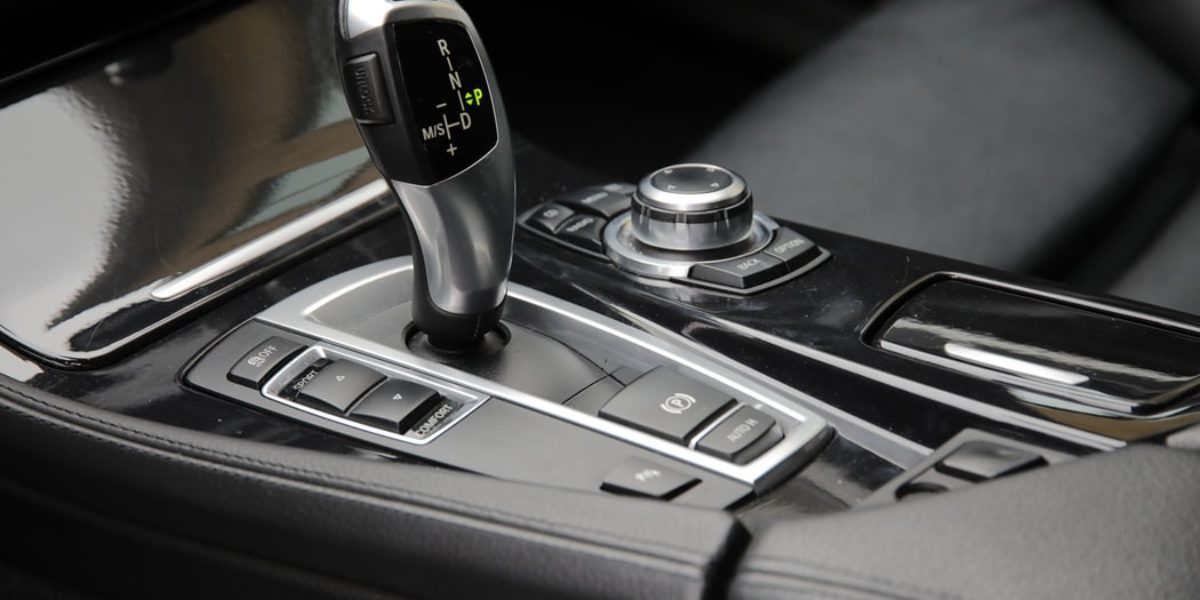Are automatic licenses the future for driving lessons?
Recent figures show that around 40% of all new cars sold are fitted with an automatic gearbox. That’s 70% more than it was just ten short years ago. In fact, there are now over 8.5 million automatic cars on Britain’s roads.
Sponsored by Hitachi
Of course, automatic transmissions have improved greatly in recent years and, in some cases, are proving to be more efficient and smoother than their manual counterparts. Availability of automatic variants has also grown, even on smaller, more affordable models. Increasing traffic volumes on motorways and in city centres may also be a factor and it’s reasonable to speculate that younger drivers are generally less interested in the ‘engagement’ of manual gears. Finally, there is the continued growth in electric vehicles, which obviously have no need for a traditional gearbox. All of this begs the question, are we nearing the end of the road for the manual driving test?
Is there a future for manual licenses?
It’s worth remembering that despite the growing trend towards automatic vehicles as a percentage of new car sales, manual licenses are still much more in demand than the automatic (Category B Auto) variety. Currently, around 10% of driving tests taken in the UK today are automatic. This might not sound much but this has risen from 4% a decade ago. And in a sign of the traffic-volume effect, rates for some sections of bigger cities can be more than double the national average.
Most of the used car market is still manual based and so, unless you intend to buy a new or nearly new car, an automatic license could significantly restrict the available options. This is especially true when it comes to the sort of lower cost models so often favoured by new drivers. Indeed, most vans, commercial and carpool vehicles still come with a manual gearbox and the car rental market is also still predominantly manual.
Bearing all of this in mind, it does seem likely that a tipping-point is approaching in the not-too-distant future when automatic licenses will challenge manual ones as the default option. Although, given that a manual license allows you to drive both variants, whereas an automatic license only allows you to drive automatics, the manual license will still be around for many years to come.
Is the automatic test easier?
With no clutch control or gear-change to worry about, the automatic test is sometimes seen as ‘easier’ than the manual one. However, the pass rate is c. 10% lower. Reasons vary, but this may be because struggling students are sometimes tempted to opt for an automatic test because it is seen as easier, only to find out that their difficulties are not simply restricted to clutch-control.
Although every driver is different, it may mean that slightly fewer hours are spent learning in an automatic car, thus saving the student motorist time and money.
The last decade has also seen the number of women drivers increase by 20%, with women now making up a third of car owners. This is relevant because female drivers are around three times more likely to take an automatic test.
The increasing ‘automation’ of the UK driving test
The UK driving test is already adapting to the arrival of in-car ‘automatic’ technology in ways that might have seemed rather shocking in the past.
For example, at the end of 2017 the test was amended so that, in addition to having to follow directions from a satnav, the reverse around a corner and ‘turn in the road’ manoeuvre were dropped. The use of parking sensors is also now permitted when parallel-parking or parking in a bay.
Many modern cars now include a whole range of automated devices, including Lane Assist/Departure Warning, Blind Spot Detection, Adaptive Cruise Control and Autonomous Emergency Braking. Some are more warning based, but others effectively take direct control of the car to stay in lane, maintain safe distance or avert a collision.
Another common technology is Hill Start Assist, preventing the car from rolling backwards on inclines without any need for handbrake and clutch control. Whilst it’s true that hill starts are still part of the driving test, there is currently no ban on using a car with Hill Start Assist.
Driver-assist automation is here to stay, and it is only going to integrate ever more fully with the overall driving experience. Ultimately, this will be in the form of autonomous cars, initially along designated stretches of the motorway and then, probably in about ten years’ time, across all roads. As a result, the driving test will continue to evolve to meet the needs of the modern motorist. Afterall, autonomous vehicles have an automatic transmission.
To read more from Hitachi Capital or if you’re looking for your next tuition vehcile, visit the website.




